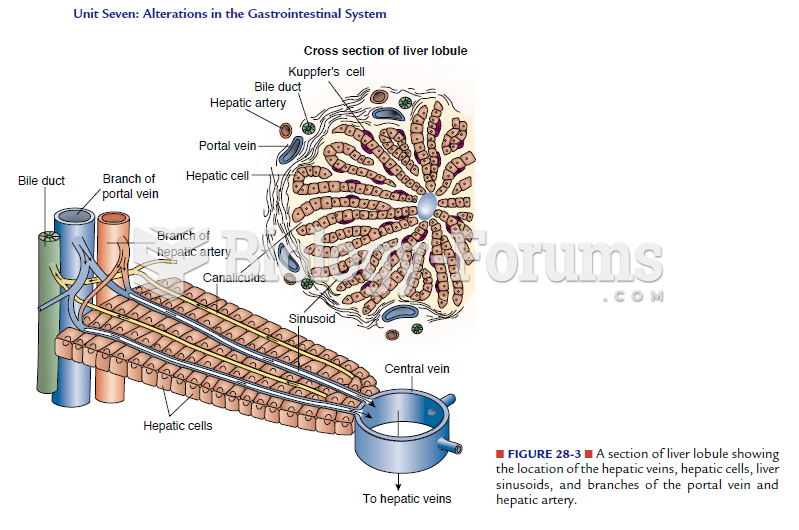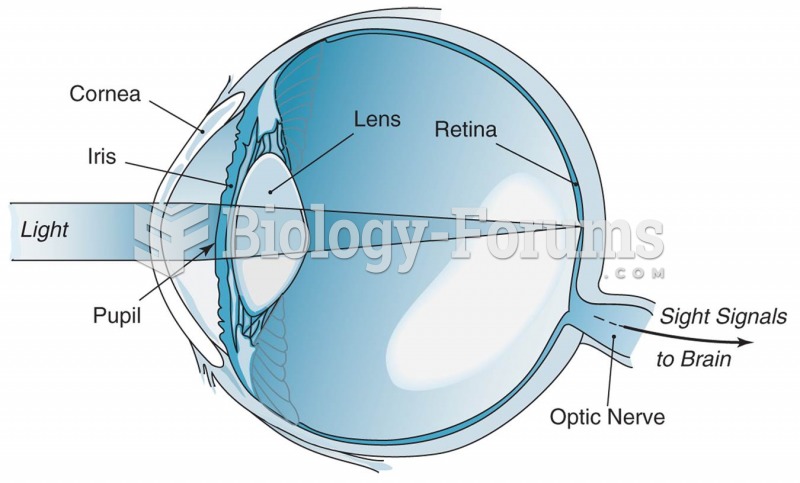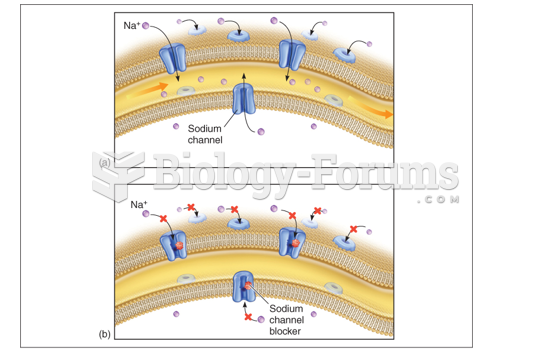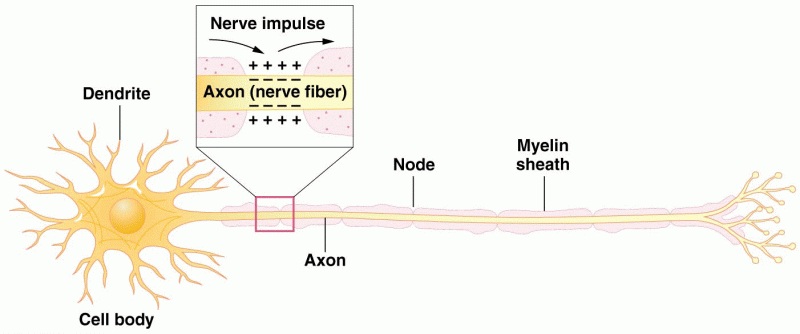Answer to Question 1
Correct Answer: 1
Rationale 1: Neurotransmitters are chemicals that allow nerve impulses to cross the synaptic cleft.
Rationale 2: The basic functional cell of the nervous system is the neuron.
Rationale 3: The chemicals that allow nerve impulses to cross the synaptic cleft are neurotransmitters.
Rationale 4: The neuron generating the original impulse is called the presynaptic neuron.
Global Rationale: Neurotransmitters are chemicals that allow nerve impulses to cross the synaptic cleft. The basic functional cell of the nervous system is the neuron. The chemicals that allow nerve impulses to cross the synaptic cleft are neurotransmitters. The neuron generating the original impulse is called the presynaptic neuron.
Answer to Question 2
Correct Answer: 2, 4
Rationale 1: Somatic nervous system is incorrect because the somatic nervous system consists of nerves that provide voluntary control over skeletal muscle.
Rationale 2: The parasympathetic nervous system and the sympathetic nervous system make up the autonomic nervous system.
Rationale 3: Peripheral nervous system is incorrect because the peripheral nervous system is part of the central nervous system.
Rationale 4: The sympathetic nervous system and the parasympathetic nervous system make up the autonomic nervous system.
Rationale 5: The central nervous system is incorrect because this is a component of the nervous system.
Global Rationale: The parasympathetic nervous system and the sympathetic nervous system make up the autonomic nervous system. Somatic nervous system is incorrect because the somatic nervous system consists of nerves that provide voluntary control over skeletal muscle. Peripheral nervous system is incorrect because the peripheral nervous system is part of the central nervous system. The central nervous system is incorrect because this a component of the nervous system.







